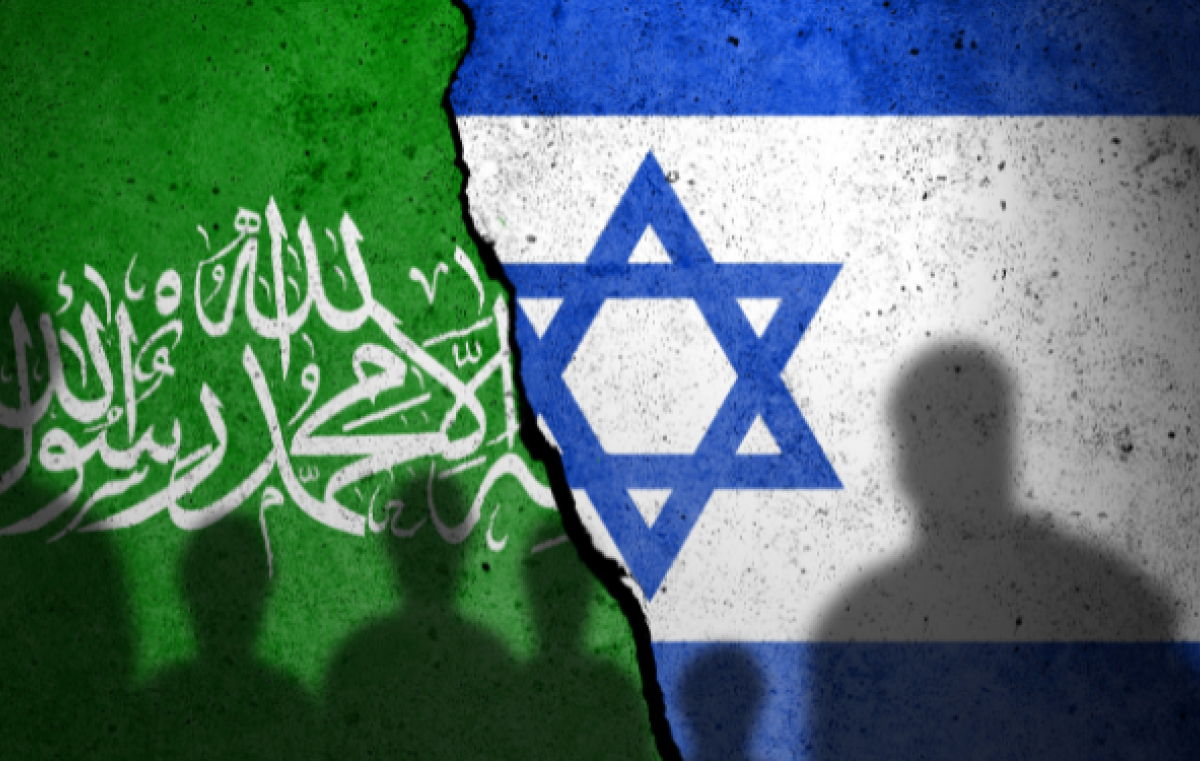Hezbollah’s Crossroads
With Its Leader Killed, Forces Weakened, and Iran’s Grip Loosening, Can Hezbollah Adapt or Will It Fade?

Written By Col (Res.) Dr. Raphael G. Bouchnik-Chen, for BESA Center.
Hezbollah’s leadership is grappling with calls for a strategic shift that emphasizes its Lebanese identity over its historic reliance on Iran. If adopted, this would mean reducing its dependence on Tehran and integrating more fully into domestic Lebanese politics. For now, the likelihood of Hezbollah reigniting conflict with Israel appears slim.
As the ceasefire between Hezbollah and the IDF, declared on November 27, 2024, nears expiration, Lebanon’s army is stalling on its promise to take control south of the Litani River. Meanwhile, Israel refuses to withdraw until Hezbollah dismantles its military presence. An extension of the ceasefire beyond 60 days remains possible.
Hezbollah’s Diminished War Footing
Despite its public claims of victory, Hezbollah has suffered devastating losses since initiating hostilities on October 8, 2023, in solidarity with Hamas’s “Al-Aqsa Flood” attack. The elimination of its leader, Hassan Nasrallah, the destruction of its command structure, and the loss of 2,500 fighters have shattered its military standing.
Additionally, Hezbollah’s vast arsenal—built with Iranian support—has been significantly eroded. Israel’s September 17, 2024, cyberattack, which simultaneously triggered thousands of pagers used by Hezbollah operatives, marked a turning point in its operational decline.
The Collapse of the Shiite Axis
The most severe blow to Hezbollah came with Bashar al-Assad’s fall in December 2024. Syria’s regime had long been a cornerstone of the Shiite “axis of evil”, supporting Hezbollah’s operations against Israel. Even before October 7, 2023, Assad was distancing himself from Iran and Hezbollah, limiting their activities in Syria. Israeli intelligence reports suggest clandestine communication between Assad and Israel may have accelerated this shift.
Iran, Hezbollah’s main benefactor, also suffered setbacks. Israel’s October 26, 2024, strike crippled Iranian air defenses and strategic facilities, weakening Tehran’s grip on the region. As a result, Hezbollah’s status as Iran’s frontline force in Lebanon is now in question.
Hezbollah’s Existential Dilemma
In the wake of these losses, Hezbollah must reassess its security vulnerabilities and redefine its strategy. This includes rebuilding its depleted military ranks while addressing domestic concerns in southern Lebanon, where its traditional Shiite support base has suffered from the war’s destruction.
Internally, growing voices within Hezbollah advocate for a shift toward a Lebanese-first approach, reducing reliance on Iran. The recent election of Joseph Aoun as president and the rise of Nawaf Salam as a prime ministerial candidate further constrain Hezbollah’s maneuverability. These developments mark a significant blow to Iran’s regional influence.
A Sunni-Led Realignment?
Iran’s weakened position in the Middle East presents an opportunity for a pragmatic Sunni alliance, spearheaded by Saudi Arabia. Lebanon could serve as a testing ground for this new geopolitical reality. Meanwhile, President-elect Aoun has signaled his intention to unify Lebanon under “one army for one state,” an implicit challenge to Hezbollah’s military presence.
While Hezbollah remains a substantial force, its future as Lebanon’s dominant armed group is uncertain. With Western powers, particularly the U.S., shaping Lebanon’s reconstruction, Hezbollah’s hardline faction faces growing constraints.
For now, Hezbollah is unlikely to renew its war with Israel—proof of the decisive blow the IDF has delivered to what was once considered the world’s most powerful terrorist army.